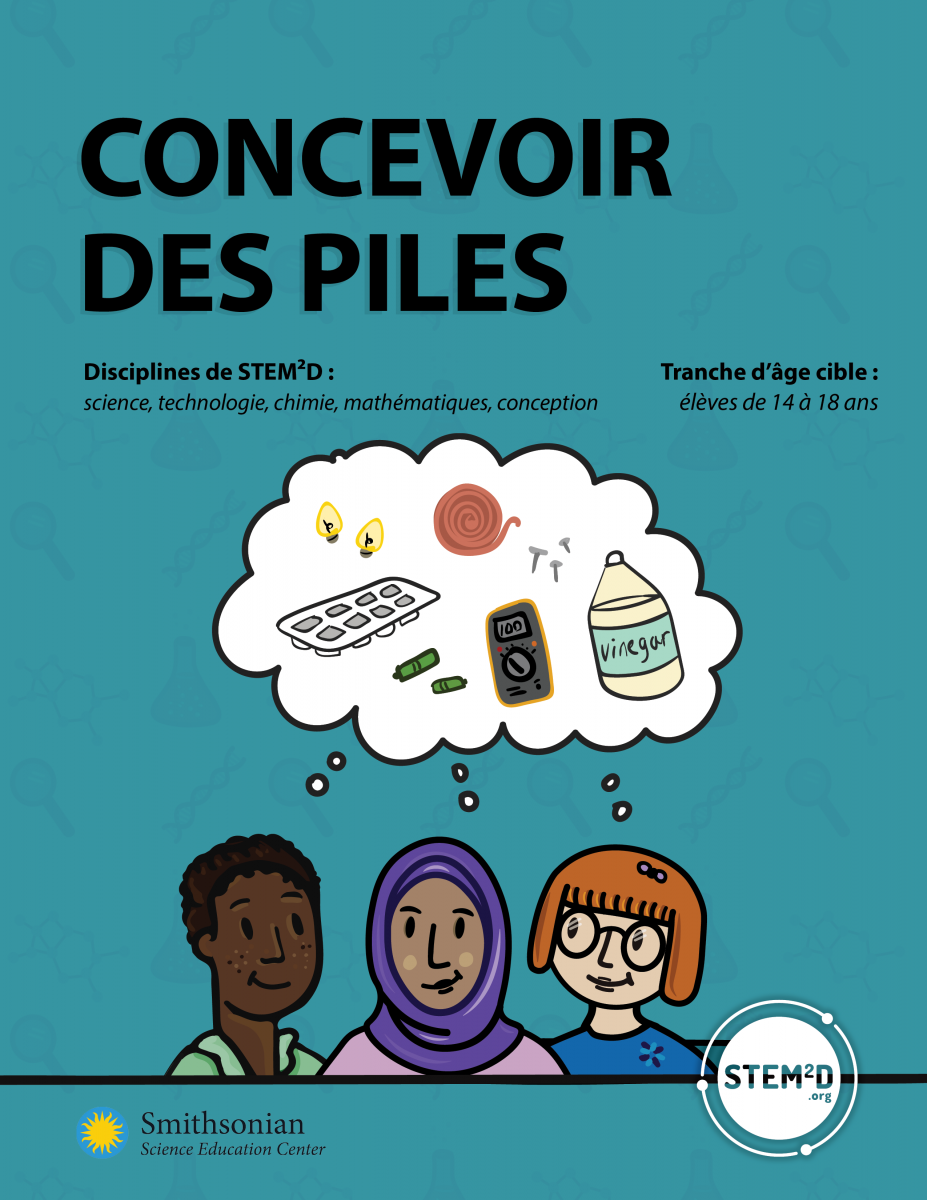Engineering Batteries
Ages: 14-18
Standards alignment: HS-PS2-5, HS-PS3-3, HS-ETS1-1 & HS-ETS1-3
Teaching time: 1 hour
This activity introduces students to electrochemistry. Students create a multicell battery using common household materials. In preparation for the activity, students learn about the battery’s inventor, its design, and its chemistry. Students are then challenged to assemble a battery of similar concept capable of providing usable electricity. Students test their battery using a professional electric multimeter and demonstrate the produced power by illuminating one or more light-emitting diodes (LED).
The activity shows the principles of oxidation-reduction reactions. Students will discover how different pairs of electrodes and electrolytes can yield a variety of electrical properties. This can serve as the basis for a brief discussion on the challenges scientists face when designing batteries to satisfy specific consumer and industrial energy storage needs. Finally, students will learn about series and parallel circuits by assembling their multicell battery and explore the basic principles and relationships of Ohm’s law.




